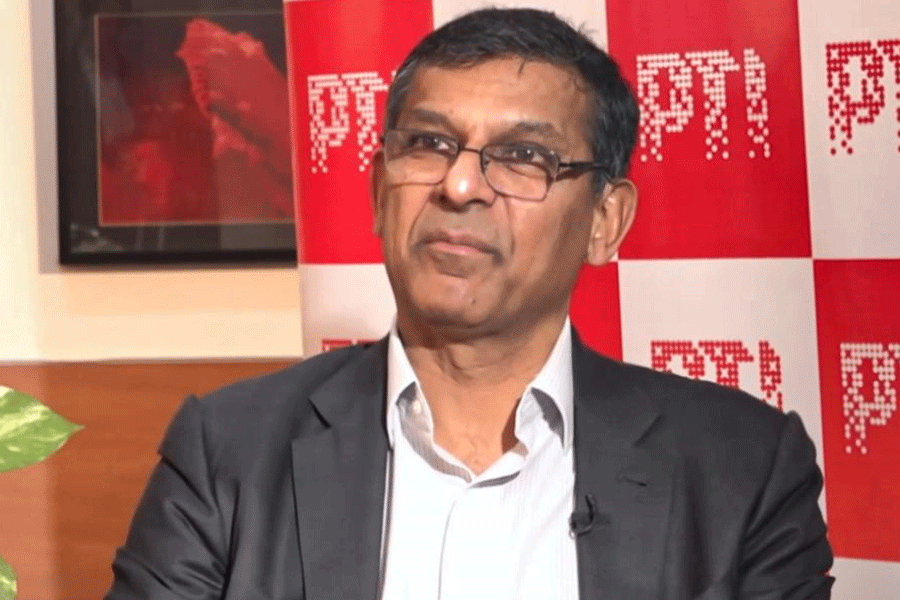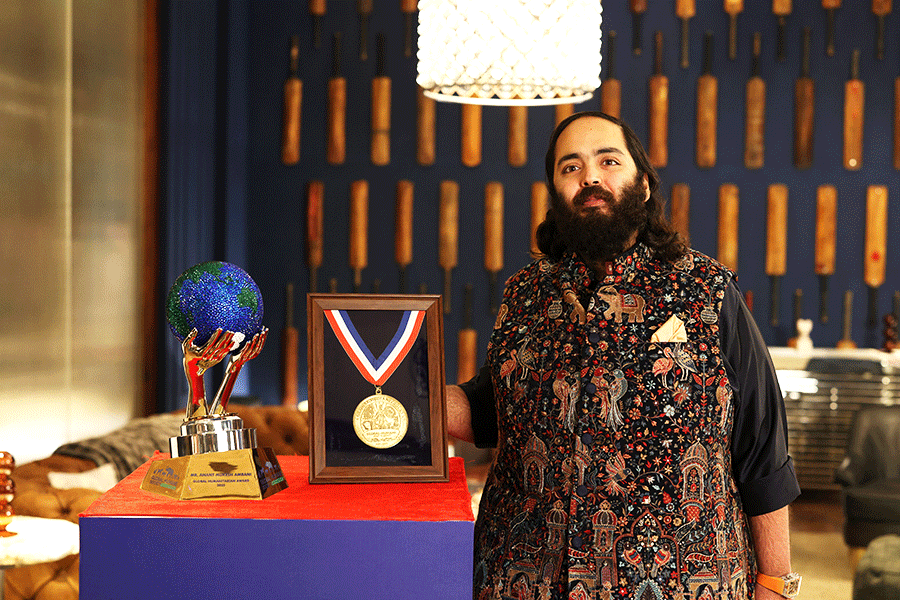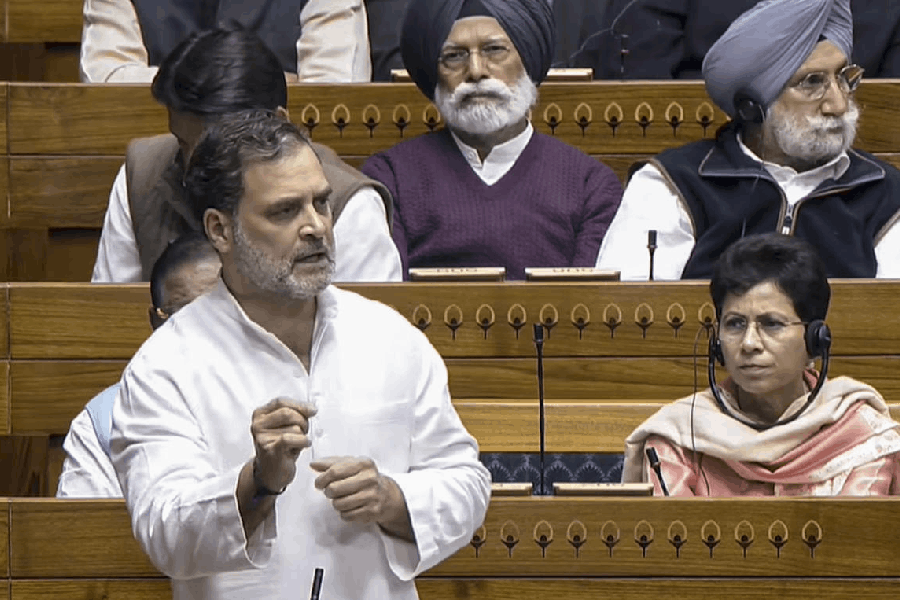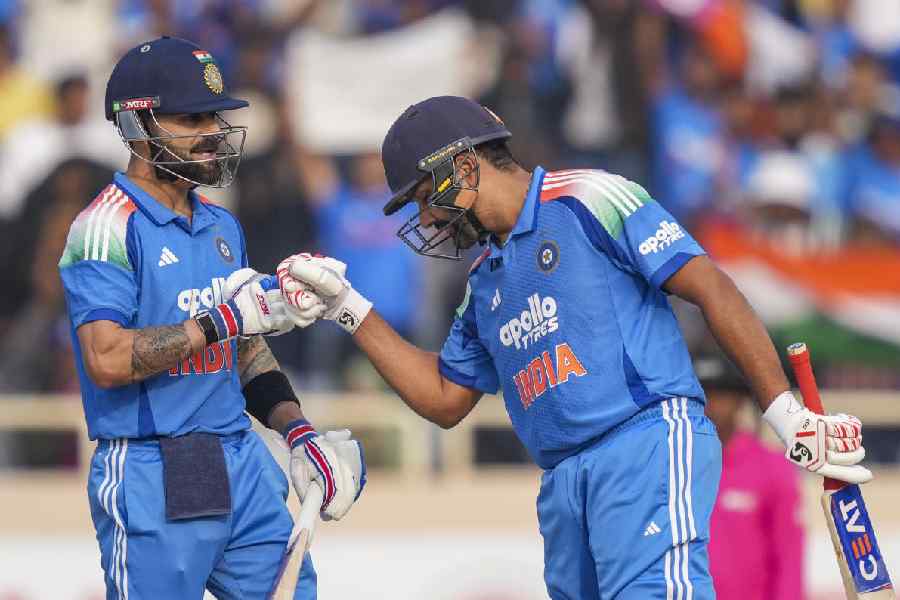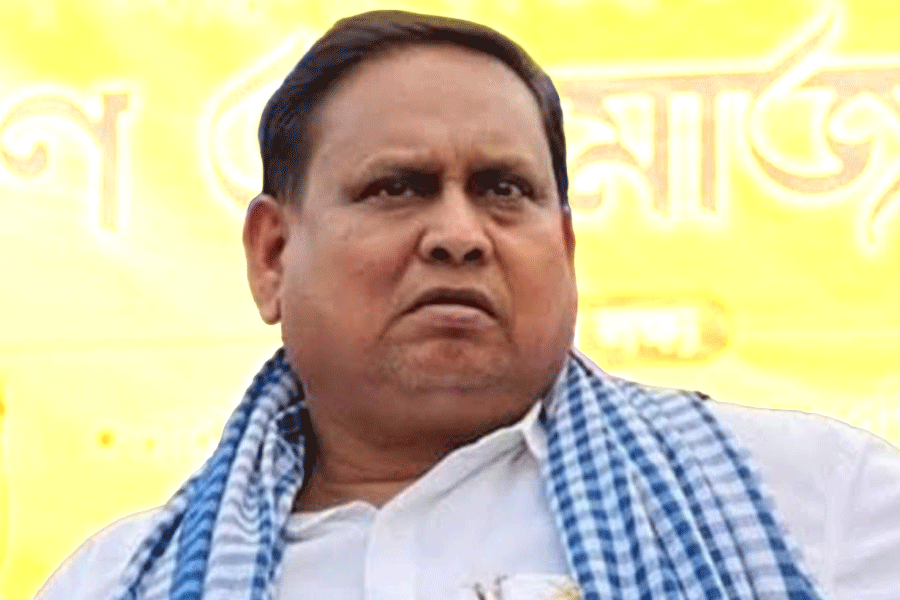Sona Bahadur has more than a single gastronomic feather in her cap and culinary ace up her sleeve. The former BBC Good Food India editor and author, who has travelled the world for the past two decades to hunt down “great food”, was in town on October 12 to partake in a discussion at the Glenburn Penthouse, presented by the Glenburn Culture Club, on Russel Street.
The conversation, which unfolded with Auroni Mookerjee, executive chef of Sienna Cafe, was all about Sona’s experiences compiling her latest book, An Invitation to Feast: A Deep Dive into India’s Culinary Treasures, a work that is less a cookbook and more a book about tales, bringing together a collection of India’s most beloved recipes and recounting the stories behind each.
Described as a “culinary romp through the length and breadth of India, spanning Delhi, Mumbai, Chennai, Calcutta, Goa, Assam, Surat, Lucknow, and more”, Sona, in the book, follows 11 classic Indian dishes — biryani, dosai, butter chicken, vada pav, dhansak, Goan fish curry, undhiyu, shami kebabs, chhole, smoked pork, and rosogolla — to their roots, origins and sources, “sampling their variations and hunting down their authentic recipes”.
If that sounds delectable, let me tell you there’s more. The book also traces the people and places that give these dishes their distinctive character — from family kitchens to renowned culinary institutions — making it a vibrant celebration and heartfelt tribute to India’s diverse gastronomic landscape.
The conversation at the Glenburn Penthouse was a reflection of that spirit, attended by culinary experts from the city, including Anand Puri of Trincas, Sudip Mullick of Balaram Mullick and Radharaman Mullick, and dearly missing Shaun Kenworthy, who was originally supposed to chair the discussion but was called away to Delhi at the last minute. The stories and anecdotes recounted were nevertheless filled with laughter and zeal, a delicious spread of memories and musings of spice, sweetness, and soul, leaving everyone hungry for more.
Opening the session, Auroni noted how distinctive Sona’s voice is in the country’s culinary writing landscape. “It’s been a while since somebody has given me such a distinctive voice when it comes to culinary writing in the country; a voice that at one point is academic, is nerdy, but at the same time is accessible, wanting to reach out to the larger culinary world, and make food, especially Indian regional food, more about the things that are close to our hearts. I think that human touch, that personal touch, is very important,” Auroni began.
That touch — personal as well as emotional — runs through Sona’s book like a vibrant undercurrent. When she began writing An Invitation to Feast, she reached back into her own childhood, she says, reconnecting with the 10-year-old version of herself who had first learned what comfort and memory felt like.
“I lost my mother when I was 10, and I feel that I lost this fundamental support of my life. I feel like this is my way to reconnect with that 10-year-old. Food, I think, becomes important to us at a younger age, and it’s a very seminal thing, what our memories and our associations with food are,” Sona said when asked what spurred her on to take on the project.
For Sona, memory and flavour are inseparable. Food, she believes, is the most intimate archive of who we are — the way we mark time, grief, celebration, and home. And so her book, beyond documenting recipes, examines how they come to embody people’s identities, joys, and losses.
“I don’t think you just eat a dish; I think you live a dish,” she said at the session. “That’s really what I was interested in when I was doing this research — what kind of sensory memories do these dishes evoke, and what do these dishes mean to communities and individuals? And so the idea behind writing a book about stories was really because I think stories help us explore who we are, in the context of the world around us — they illuminate the world around us, as it were. So the way that I structured this book was... I would think of it like an onion, you know. So, each layer gives you a different dimension of the dish in question. And then, at the end of it, you’re left with the core, which is the key takeaway that I had about why that dish should be a classic and why it’s memorable. So in many ways, it’s a very experimental book, because it’s kind of part memoir, part travelogue, part recipe book,” she explained.
Sona’s selections, too, reflect a careful balance between what is universally loved and what deserves rediscovery. “Obviously, as a journalist, I try to curate in a more objective way,” she said. “So I have chosen global blockbusters that we have, like biryani, and butter chicken, and dosa, which are globally known. And then we have the more regional gems.”
Among those hidden gems, the one Sona particularly highlights is the humble Goan fish curry, which she chose over the internationally famous vindaloo. “Vindaloo is so well-known, right? But it’s the Goan fish curry, as the Hindu Goans call it — Catholics call it Xitti Kodi — which is eaten by Goans every single day. So I thought this was much more representative of Goa than the vindaloo,” Sona told the crowd.
As the conversation turned outward, Auroni reflected on how food itself functions as a “universal language of diplomacy” that transcends borders. Sona agreed, though she noted that global perceptions of Indian food often remain flattened and misunderstood.
“There are so many misconceptions about Indian food. If you look as recently as, you know, just a couple of months back, when we had that whole controversy about (filmmaker) Mira Nair’s son (a video of Nair’s son, New York State Representative Zoran Mamdani, eating rice with his hands went viral on social media earlier this year, drawing mockery from some Republicans who claimed the practice was “uncivilised”) — it’s ridiculous, really. It’s really sad to see that that’s the way the world perceives us. But it’s equally applicable to us, too. We get excited about Japanese bento boxes, but we do not get as excited about our own thalis.”
This, Sona says, is what must change. Indians must take pride in their own heritage, and that includes not shying away from the richness and diversity of their food traditions, and instead celebrating them with the same curiosity and respect they readily extend to cuisines from around the world.
It is here that Sona’s role as a writer becomes as important as that of a chronicler. She hopes that her work — and those of others writing on Indian cuisine — can create a more nuanced language around our food, one that encourages pride and precision.
“We need to start thinking about all of these things and giving them nuanced vocabulary, which is where I think writers can help,” she said. “Unless you name something, unless you identify a certain thing, it will never really get out there in the public discourse. It will just be something that you enjoy and take for granted, but then you don’t really appreciate it or give it the space it deserves.”
Sona’s passion for detail extends to her belief that food is not something to be consumed passively but experienced wholly; a mindset that was reflected in the room that evening, not only in the conversation but also in the attentive silence of the audience and the palpable sense of connection that good food — and good storytelling — always brings. Because, as the discussion so gently reminded us that night, food is never only about taste, but also about time, place, memory, and the people who always make it worth returning to.


